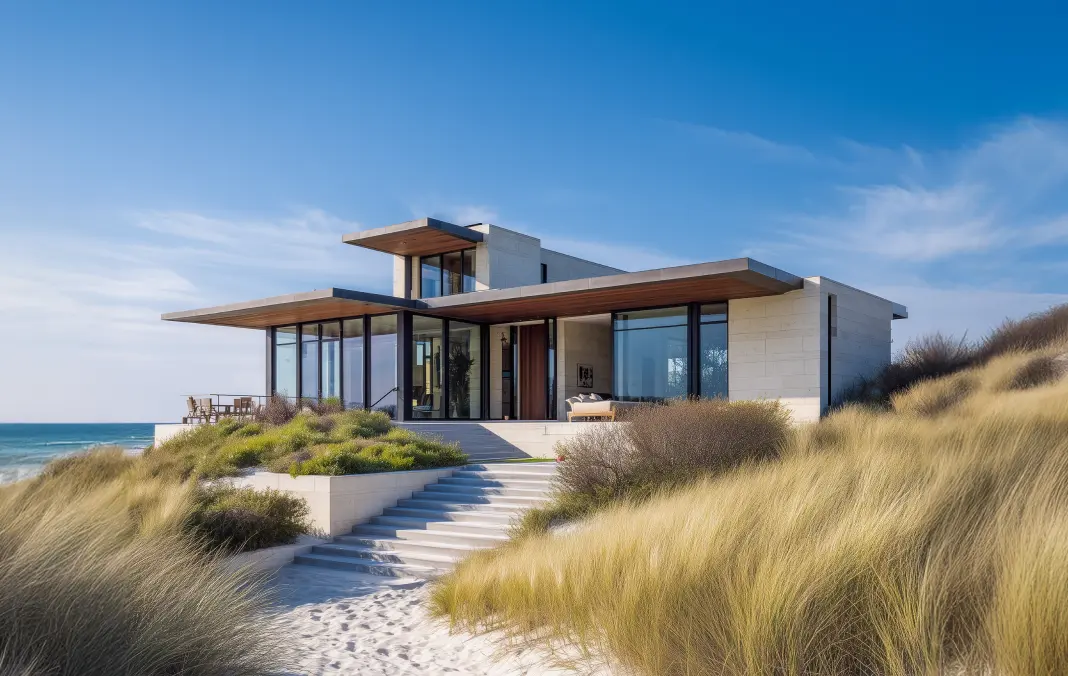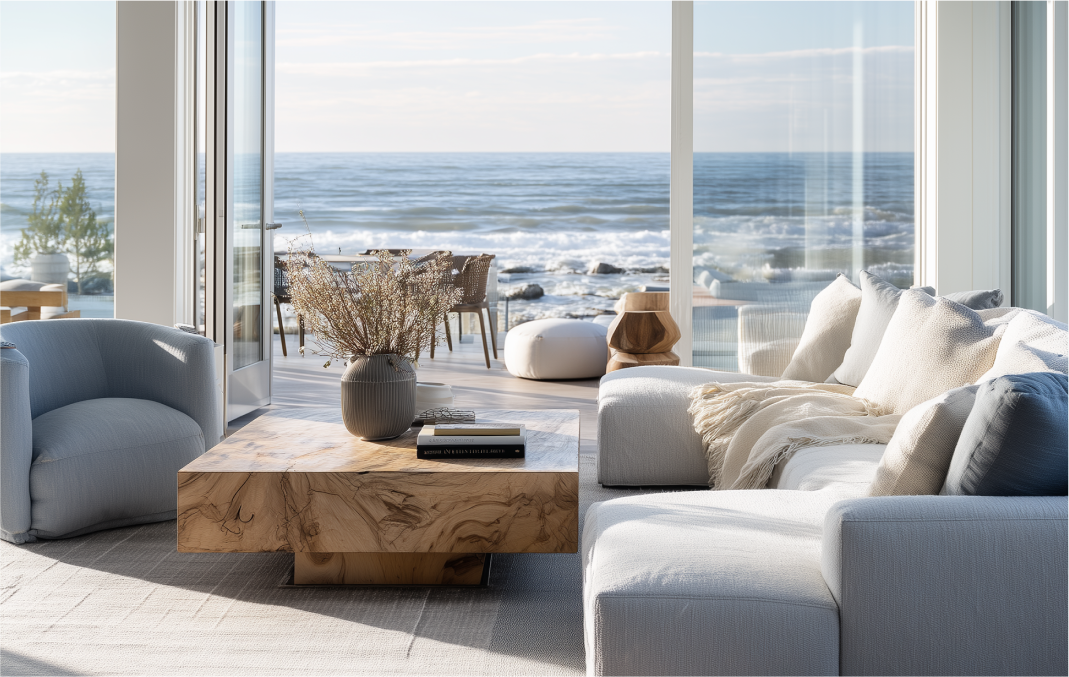Tackling the Design Dilemma
Design systems didn't emerge overnight; they evolved out of the need to address the chaos of mismatched designs and experiences. As the digital landscape expanded, maintaining a cohesive look and feel across projects became as challenging as herding cats.
Enter the design system. As Jina Anne, a design systems advocate, aptly puts it, "Design systems provide a common language for teams." These systems offer a library of reusable components, guidelines, and best practices that ensure consistency throughout projects. Instead of starting from scratch every time, designers and developers can tap into this resource, saving time and preserving their sanity. Business owners can leverage design systems to expand or build new product features far more efficiently and cohesively. Literally everyone wins.
Why Design Systems Matter
"But why fix something that's not broken?" you might ask when weighing the pros and cons of the effort it takes to build a design system versus going the old-school route. Well, picture navigating through a city where every road sign looks different – it's like deciphering a foreign language. That's the perplexing ordeal users faced with inconsistent digital interfaces.
Imagine switching between the various screens in your favorite app, but each screen uses completely different fonts, button styles, colors and icon usage. It's like teleporting to a different world with every tap or click. Design systems, with their standardized elements, provide users with a sense of familiarity as well as a seamless experience, regardless of the digital landscape. This not only builds trust but also alleviates the frustration of "What should I do next?"
Advanced Components and Their Benefits
Design systems have moved beyond basic elements like colors and fonts; they've evolved into powerhouses of creativity and efficiency. The key? Component-driven development.
Component-driven development involves building interfaces like putting together a puzzle – combining individual building blocks (components) to form various configurations. This approach accelerates development and fosters innovative thinking. As Brad Frost, the mind behind "Atomic Design," succinctly states, "Design systems encourage the exchange of ideas."











































































%20Email%20Design%20Review%20Thumbnail%202x%20534%20x%20349.webp)











